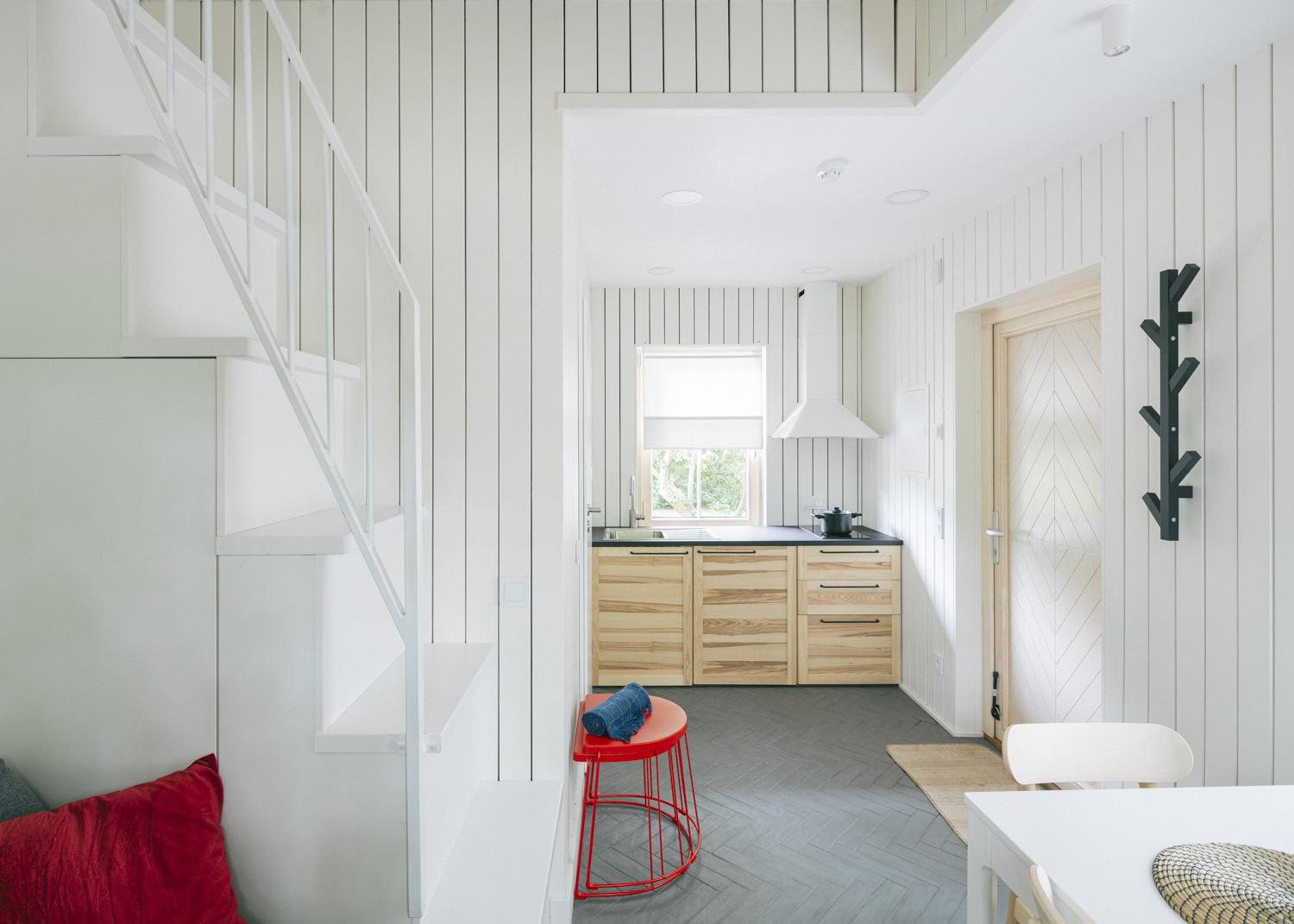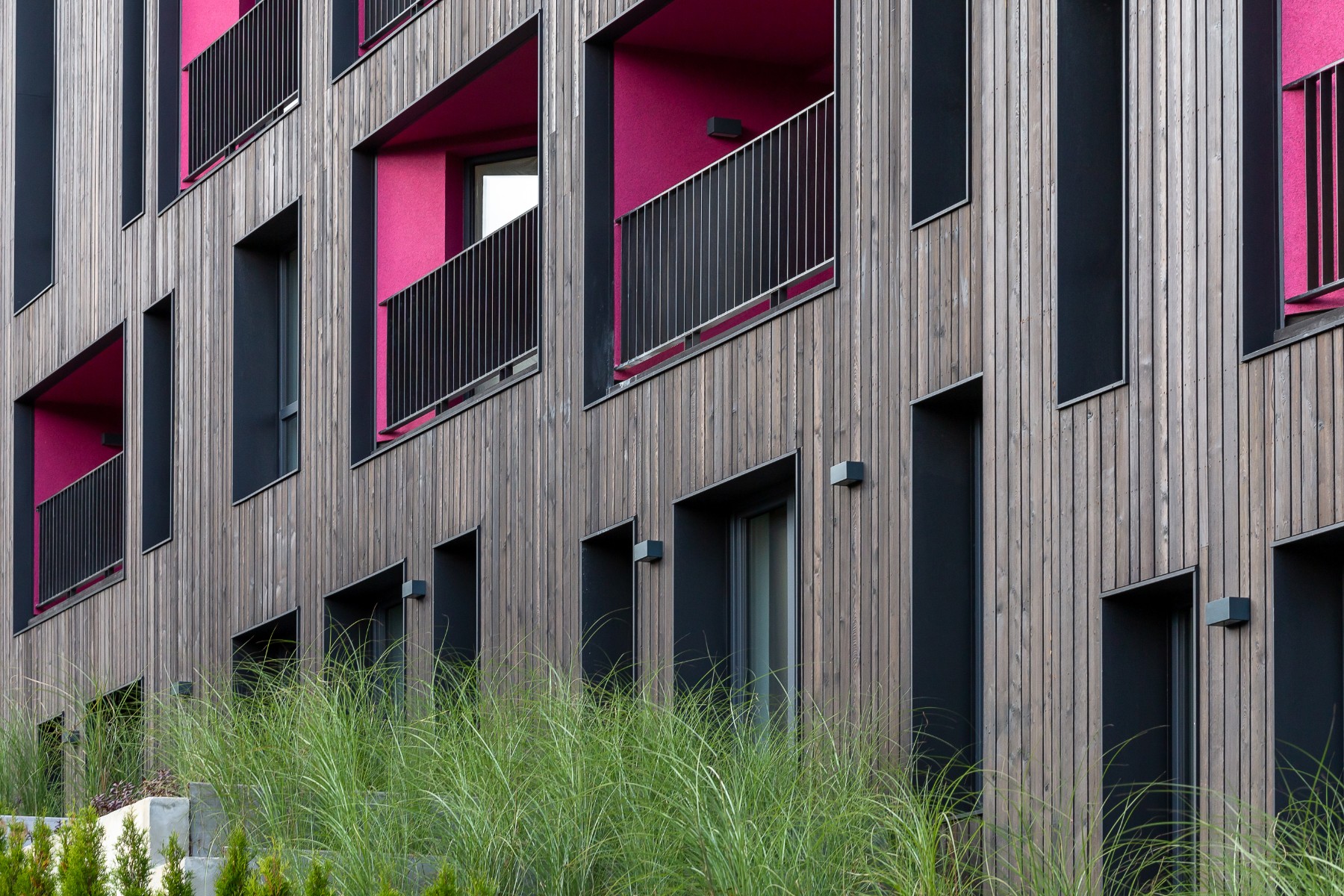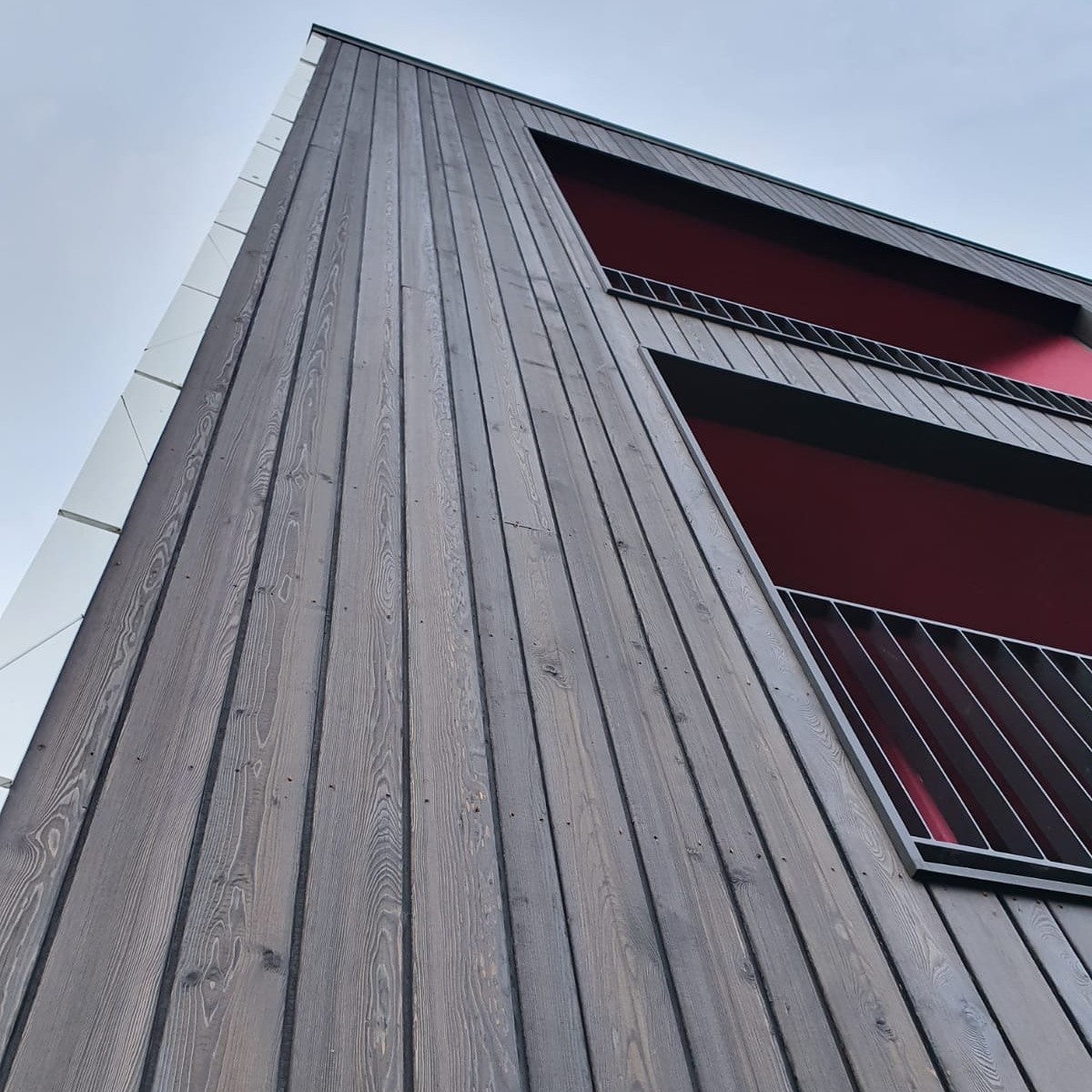What is Cladding?
The building and construction industry has tremendously evolved over the years, from the medieval days, when people would build using malleable material such as mud, straws, and tree trunks to today’s era where there’s a wide variety of durable materials to choose from. Have you ever visited a contemporary home and noticed how elegant and pristine the finishes are that you almost don’t want to touch anything for fear of possibly “contaminating” them? What’s even better is that most of these houses’ exterior can look as good as new even decades later. You may wonder how that’s possible. The answer is simple: cladding.

How To Describe Cladding
Cladding refers to a non-loadbearing layer attached to the exterior face of a structure to shield it from the natural elements, thus retaining its aesthetic appeal over the years. This modern building technology has created an appealing effect and influenced property value for developers and homeowners. Your choice of cladding can significantly affect your home’s overall performance, especially regarding matters related to the environment.
Before embarking on this journey, you must consider the initial impacts of cladding, such as resource depletion and recyclability, and balance them against durability and ease of maintenance. Without this balance, you will be doing the environment a great disservice. Below we’ll address some of the benefits of incorporating cladding into your projects.
-
Protection
Although the first records of cladding reach as far back as the Dark Ages, it has gone a long way to get to the modern variants we use today. During the cladding installation, a cavity is created between the inner and outer walls. In turn, the inner leaf is left to focus only on load-bearing duties, while the outer leaf’s purpose is to protect the structure from the elements. Adding insulation between the two layers also improves the structure’s heat retention.
-
Aesthetics
It is not uncommon to find most homeowners adopting cladding solely for its aesthetic and resale value. With the right material and color choice, you can change your home’s overall appearance from basic to magnificent!
-
Low Maintenance
The maintenance of your home can significantly affect your finances. The ideal situation is to spend very little time and money on maintenance. Although it may seem like an unnecessary expense to most people, cladding provides significant savings on maintenance costs long-term.
Factors to Consider

So how do you know which cladding material will be a good fit for you? You will need to check on the performance characteristics of each element. Below are some of the factors to keep in mind:
-
Appearance
This refers not only to color but also texture. If you live in a hot area, the color of your chosen external cladding is critical. Lighter colors are better due to their reflective nature, especially for roofing. On the other hand, dark cladding material is best for colder climates. You will also need to consider the visual texture that you would prefer, i.e., horizontal, vertical, or angular. These designs will lead to unique shapes and patterns that you should consider to enhance your home’s appeal.
-
Environmental
Impact Your choice of cladding material should have a reduced overall environmental impact of your home. Luckily, standards and metrics have been set to ensure manufacturers and developers stay within the required parameters. This means that these regulatory bodies require manufacturers to consider the total impact a material will have on its environment. This includes environmental emissions and depletions caused by the material during its manufacture, maintenance, recycling, and disposal phases.
Types of Cladding Material

The technology used to install cladding materials entails either fixing the cladding material directly to the walls (stone cladding) or nailing it on to timber battens (timber cladding). There is a vast number of cladding material available to suit your construction needs. We shall discuss some of the most popular varieties and what they bring to the table.
-
Stone Cladding
This cladding type entails thin natural stones neatly arranged to give an elegant, unique, and natural look. Although stone cladding is commonly used in landscaping, you can still use it on walls. The types of stones used in this category include slate, sandstone, and marble.
Most people prefer stone cladding since it is non-porous and doesn’t absorb moisture, meaning that it will protect your structure from water, ensuring that your house will last for many years without needing any touch-up work. Unfortunately, stone cladding can be relatively expensive as it is labor-intensive and time-consuming to install. It can also trap moisture if poorly installed, resulting in damage to the stones.

-
Brick Cladding
Bricks are some of the popular cladding options. Medical institutions, schools, and residential homes alike have incorporated brick cladding in their construction. Bricks are available in different colors to suit your taste: red, brown, grey, tan, and white. No matter your environment, you can easily find a color that will blend beautifully. Another crucial advantage is that brick is sturdy and doesn’t give in to extreme weather elements.
-
Metal Cladding
Fans of metal cladding prefer this option because of its clean and polished finish, durability, recyclability, and resistance to natural elements, including fire. The popular varieties include stainless steel, galvanized steel, aluminum, copper, zinc, among others. Like with most things, metal cladding also has its disadvantages. Aluminum, for instance, is prone to dents, while steel is prone to rust. Metal cladding is also generally expensive and noisy, especially during the rainy season.

-
Glass Cladding
Contemporary architecture has incorporated glass cladding in its designs. Most developers prefer glass due to its clean and lavish appearance. Glass is also recyclable, easy to maintain, and aesthetically pleasing. It’s available in a wide range of colors, giving your home a vibrant or demure look depending on your preferred taste. The most significant disadvantage with glass is that it is very costly, brittle, and unsafe for earthquake-prone areas. Fragility makes glass a difficult material to work with, hence the high installation costs.
-
UPVC Cladding
Unplasticized Poly Vinyl Compound (UPVC) is a terrific cladding material as it guarantees minimal maintenance. It is easy to clean and comes with a UV stabilizer which prevents the covered wall from direct sunlight. UPVC is also resistant to the elements. If properly installed, it can prevent a fire from spreading from one section of the building to the next.
-
Timber Cladding
Most people opt for timber cladding because it is a natural material and comes in numerous styles, colors, and textures. Several options are available for timber cladding: from hardwood and softwood to wood that has undergone chemical or heat treatment. If your budget is tight, softwood is an excellent option for you. The best thing about timber cladding is that you can choose to do it yourself if you want to save on hiring professional installers.
In this category, you can expect to find affordable spruce and pine varieties. However, these boards will need regular priming, painting, and treatment, which will be costlier in the long run. The other option is to use hardwood timber cladding from oak and chestnut varieties, which are expensive from the onset and will probably succumb to the natural elements even after careful treatment and maintenance. After all, timber is a hygroscopic material, meaning that it expands and contracts under the elements’ influence. Instead, you can stretch your budget a little further and invest in the reliable charred timber option.
Shou Sugi Ban Cladding

Originating from Japan, Shou Sugi Ban, also known as Yakisugi, is a centuries-old traditional building technique of producing charred wood. Yaki is a Japanese term that means “to heat with fire,” while Sugi refers to cypress wood. This way of building is known as burnt wood technique by Western nations and the rest of the world. Although the Japanese artisans initially used cypress wood, modern technology has incorporated different timber varieties to suit everyone’s needs.
So what is so great about Shou Sugi Ban? When wood is burnt in controlled conditions, the soft, outer hygroscopic layer burns off to leave a resilient and impermeable layer with weatherproof abilities, improved fire resistance and strength, the ability to repel insects, and pleasing aesthetics. Unlike the typical softwoods or hardwoods, charred wood is long-lasting and will not succumb to any warping or buckling. It is also not fragile or brittle like glass, and is suitable for all weather conditions.
Your Perfect Cladding Solution
At Degmeda, we provide our clients with a wide range of Yakisugi options: Accoya, pine, larch, spruce, and cedar. Our products feature various colors and unique patterns to match with your décor: red amber, deep char, dark brown, light grey, etc. At Degmeda, we regard charred timber cladding with the seriousness it deserves. You can use our burnt wood for cladding and fencing, decking, and flooring projects. The cladding cost should not be an issue of concern if you’re looking for quality and durability. In addition to our finished products, we also offer wood charring services to interested clients. Visit our website today to see how we can turn all your ideas into reality.